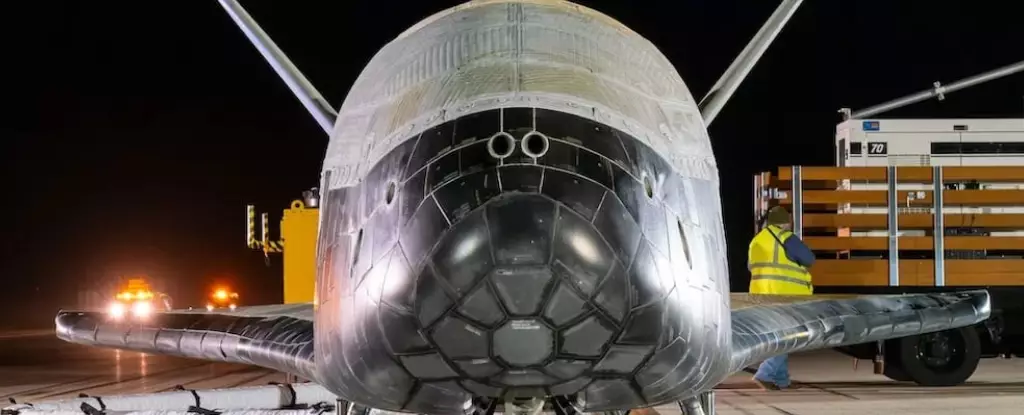The evolution of space exploration has witnessed groundbreaking technologies that redefine our understanding of the cosmos, and the X-37B is one of the most innovative examples. This uncrewed robotic space plane, operated by the US Space Force, is not merely a technical feat; it represents the confluence of advanced engineering, military necessity, and unprecedented scientific inquiry. At just under 9 meters in length with a wingspan of 4.5 meters, the X-37B resembles a smaller, more advanced version of NASA’s space shuttle, designed for long-duration missions in low Earth orbit (LEO). The inherent versatility of this space plane allows it to explore and validate technologies that could propel human and robotic exploration missions beyond our planet.
The Genesis and Purpose Behind the X-37B
Originally conceived by NASA in the late 1990s, the project’s goals were rooted in the exploration and development of reusable spaceplane technologies. The pivotal moment came in 2004 when the project transitioned to the jurisdiction of the US Air Force, introducing a military dimension to its functionality. This shift transformed the X-37B into more than just a testbed; it is now a critical asset capable of advanced military operations in space. The mission profiles remain classified, but the vehicle conducts experiments that are vital to national defense and technology research. By gathering data on advanced guidance systems, thermal protection materials, and autonomous orbital operations, the X-37B stands at the forefront of cutting-edge research.
Record-Breaking Missions and Technological Advancements
Since its first launch in 2010, the X-37B has completed an impressive seven missions, with each subsequent flight setting new milestones for duration and capability. Its most recent mission, completed just this week, was particularly noteworthy as it utilized a SpaceX Falcon Heavy Rocket, marking the first time this strategic asset has been deployed into a highly elliptical orbit using such advanced launch technologies. The Falcon Heavy is a powerhouse, with the impressive ability to launch up to ten X-37B units simultaneously—a potential game-changer for military applications in space.
The sheer versatility and adaptive capacities of the X-37B were on full display during its latest operational phase. With breakthroughs in aerobraking maneuvers, the vehicle utilizes atmospheric drag to minimize fuel consumption while adjusting its orbit, showcasing its remarkable efficiency. Such capabilities are essential as we contend with the increasing traffic in low Earth orbit, where satellite navigation and debris monitoring are critical.
Navigating the Astronautical Frontier
As the cosmic landscape becomes increasingly congested, the need for enhanced space domain awareness grows exponentially. The X-37B’s advanced technology enables it to detect and track objects in space, serving as a critical asset for monitoring satellite activity and identifying potential threats posed by space debris. As fears of collisions in the growing population of satellites loom large, the X-37B acts as a sentinel—providing valuable intelligence that can aid in mitigating risks to not just US assets but global space operations as well.
Lieutenant Colonel Blaine Stewart, who has been pivotal in the management of the X-37B program, commended Mission 7 for contributing significantly to the ongoing advancement of the platform. This mission not only underscored the potential of unmanned vehicles in military applications but also bolstered our understanding of how to navigate the complexities of space in a responsible manner.
Future Prospects and Strategic Implications
The implications of the X-37B extend far beyond military utility; its advancements herald a new era for international collaboration in space exploration. As public and private entities invest in space technologies, the lessons learned from X-37B missions could shape the future of space travel and research. If nations collaborate and share the insights gained from such innovative projects, humanity can harness the resources available beyond our planet—capturing potential scientific marvels, fostering sustainability in the cosmos, and ensuring collective security.
As we reflect on the achievements of the X-37B, it is clear that this cutting-edge space plane is not just a tool of military prowess but a beacon of technological advancement, demonstrating humanity’s insatiable quest for knowledge and exploration.


Leave a Reply